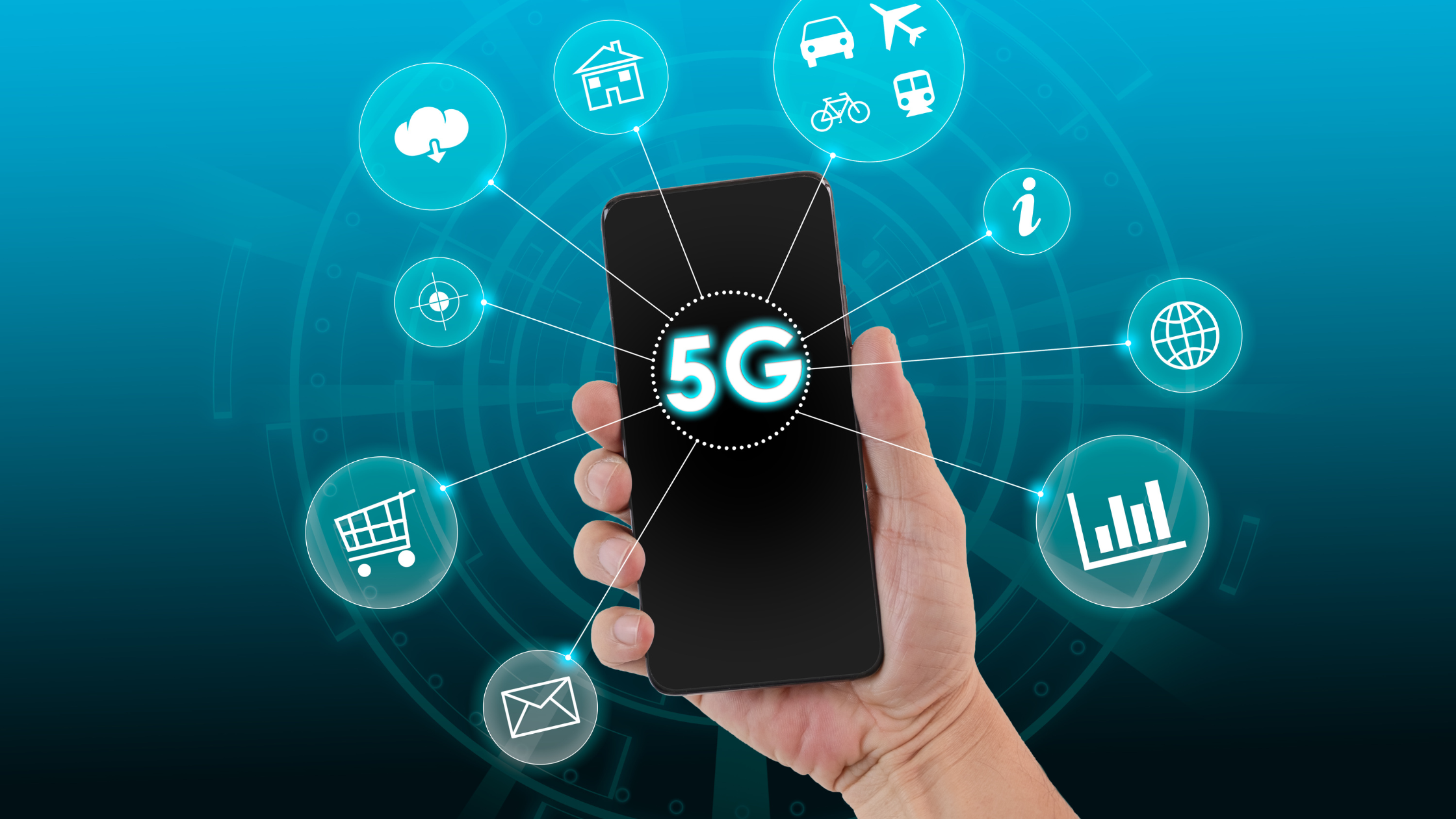
Do we genuinely require 5G technology for our daily data needs? The International Telecommunication Union (ITU) has mandated a remarkably low latency of 1ms for 5G-NR. Latency, in simpler terms, is the time it takes to transfer data from the mobile tower (gNB) to the user equipment, such as your mobile or other devices.
5G’s Lightning-Fast Data Transfer
To grasp the significance of 1ms, consider the blink of an eye. Researchers at UCL suggest an average blink duration of 100–150 milliseconds, while the Harvard Database of Useful Biological Numbers notes a range of 100 to 400 milliseconds (source: https://en.wikipedia.org/wiki/Blinking).
With this in mind, imagine the lightning-fast data transfer capabilities of 5G, particularly under ideal conditions. All factors align perfectly in this scenario, from abundant bandwidth and optimal network conditions to the strongest signal strength.
4G Versus 5G: Streaming and Beyond
Now, let’s return to the essential question: Do we need 5G to enjoy streaming on Netflix, browsing Instagram, or scrolling through Facebook? The current 4G network is often more than sufficient for everyday users like you and me. If you’ve ever experienced issues like occasional buffering while watching Netflix, the culprit is typically not the absence of 4G-LTE technology. Instead, it’s often a result of the network’s quality, which the operator provides. Factors like signal strength and available bandwidth come into play here. For an operator, bandwidth is akin to the size of a water pipe—the larger the pipe, the more data flows to your device in less time. In this analogy, smaller pipes take longer to deliver the same volume of data.
So, if we’ve clarified this far, the question arises: Why is 5G-NR technology generating so much buzz, with operators racing to adopt it?
The promise of enhanced speed and more significant data volume offers users a future of digital luxury. However, this utopia will only be realized after several years when 5G handsets are ubiquitous and a nearly seamless 5G network covers the globe.
But before we get to that stage, let’s explore why ITU is pushing for 5G-NR technology, considering various use-case scenarios and their specific criteria.
5G-NR Use cases
ITU suggests 3 prominent use cases for the development of 5G-NR.
3 primary use cases for 5G:
1. eMBB (enhanced Mobile Broadband) for tasks like mobile cloud computing.
2. uRLLC (ultra-Reliable Low Latency Communications), ideal for applications such as Smart Vehicles.
3. mMTC (Massive Machine Type Communications), e.g. for Smart Cities.
Each use case has specific requirements.

It’s important to note that a single type of technology isn’t confined to just one specific use case. A smart vehicle, as an example, can seamlessly fit into all three categories. It falls under uRLLC due to its demand for high reliability and ultra-low latency. Moreover, it might incorporate devices within the uMBB category, utilize high-data-rate services, and even accommodate numerous smaller devices needing extended battery life.

Conclusion:
These advanced use cases raise the question of why we’re considering 5G for our day-to-day mobile usage.
It’s akin to choosing between a 5-star or 4-star hotel at nearly the same price.
After all, who doesn’t appreciate a touch of luxury?
